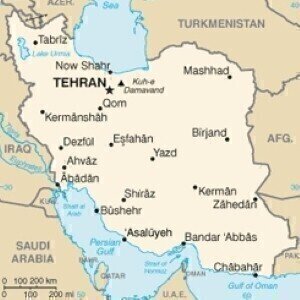Electrophoretic separations
First cases of patients with hemoglobin Q reported in Iran
Feb 08 2012
The first case of patients with hemoglobin Q has been reported from family members in northern Iran, using electrophoresis and direct conventional sequencing to establish the link.
The wide spectrum and high frequency of nondeletional alpha-globin mutations in Mazandaran Province (north Iran) has been to differ considerably from what has been found in Mediterranean populations. This has made the province a remarkable area for scientific investigation. The first report of hemoglobin Q-Iran and the nomenclature of this hemoglobinopathy dates back to 1970, and studies have ensued ever since.
Although Iran is known as a country with a high prevalence of alpha- and beta-thalassemia and different types of hemoglobinopathy, the lack of molecular laboratory techniques has resulted in very few tests being carried out in the region.
The researchers in this case applied molecular methods to document the first hemoglobin Q-Iran cases in northern Iran. They used an isoelectric focusing test and cellulose acetate electrophoresis to identify an unusual band from a 22-year-old Iranian man from Mazandaran Province, which was later found to be hemoglobin Q after a capillary zone electrophoresis analysis. A similar band was also found in his mother’s electrophoresis, and was confirmed by the amplification refractory mutation system polymerase chain reaction method.
Published by Ben Evans
Events
Feb 03 2025 Dubai, UAE
Feb 05 2025 Guangzhou, China
Mar 01 2025 Boston, MA, USA
Mar 04 2025 Berlin, Germany
Mar 18 2025 Beijing, China








.jpg)





